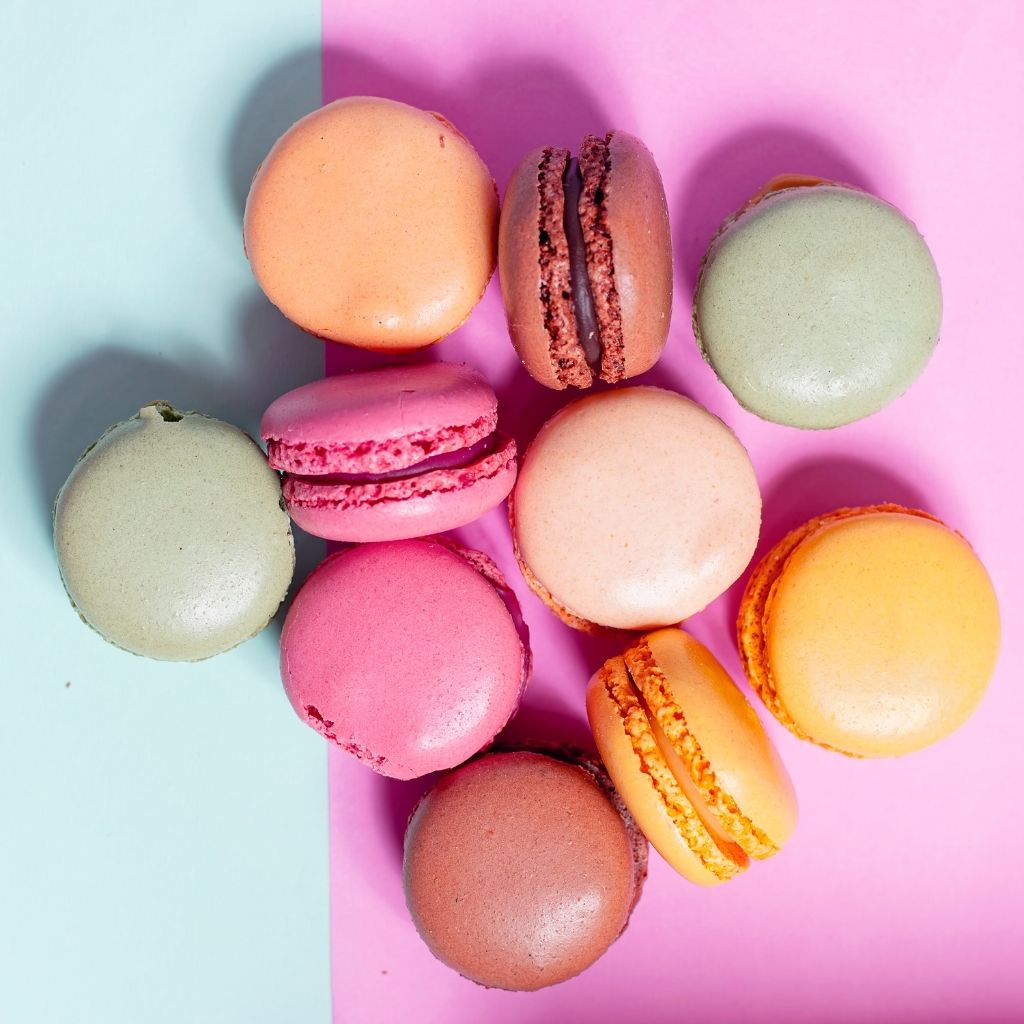
The world of colors is an integral part of our visual experience, touching every aspect of our lives, from the natural world to the creations of human design. Colors are more than just visual stimuli; they possess the remarkable ability to evoke a wide spectrum of emotions, from joy and excitement to sadness and anger. Additionally, they serve as a powerful means of conveying information and crafting a distinctive atmosphere.
Colors can be experienced through various senses, extending beyond sight. We can taste colors in the flavors of food, smell them in the fragrances of flowers, and even hear them in the harmonies of music.
At the heart of the color spectrum are the three primary colors: red, yellow, and blue. These colors are the building blocks, incapable of being formed by mixing other colors but able to combine in countless ways to produce a vast array of hues. When two primary colors unite, they give birth to the three secondary colors: green, orange, and purple. For example, yellow and blue mix to create green, red and yellow form orange, and red and blue combine to yield purple.
Tertiary colors are a further exploration of this color alchemy, emerging from the fusion of a primary color with a secondary color. This leads to combinations like yellow-green, blue-green, red-orange, and yellow-orange. Such a rich palette allows artists, designers, and creators to paint the world with myriad shades.
Colors on the color wheel can be categorized into two fundamental groups: analogous colors and complementary colors. Analogous colors sit beside each other on the color wheel, such as the harmonious trio of red, orange, and yellow. These colors often work together to create a sense of unity and balance in design. On the other hand, complementary colors are located opposite each other on the wheel, forming striking pairs like red and green. When used together, they generate a vivid sense of contrast and excitement.
In addition to primary, secondary, and tertiary colors, the color world extends to warm colors and cool colors. Warm colors encompass red, orange, and yellow, evoking feelings of happiness, excitement, and energy, reminiscent of the sun’s warmth and the fiery glow of flames. In contrast, cool colors, represented by blue, green, and purple, emanate a sense of calm, peace, and tranquility, evoking images of serene waters and the expansive sky. Neutral colors, such as white, black, and gray, occupy the middle ground, balancing between warmth and coolness, imparting a sense of equilibrium and harmony.
Colors are not limited to the artist’s canvas or the designer’s palette; they are woven throughout the natural world. The colors of the natural world are vividly displayed in the diverse hues of flowers, birds, and fish, and can be seen in the vivid palettes of the sky, the ocean, and the forests.
In the realm of the man-made world, colors serve as essential tools in various creative disciplines. Artists use colors to express their creative visions, while architects employ them to enhance the visual appeal of structures and communicate cultural and historical narratives. In advertising and marketing, colors are powerful instruments for establishing brand identities and conveying specific messages. In fashion, colors set trends, express personal style, and evoke emotional responses. In interior design, they shape the mood and atmosphere of spaces. In information visualization, colors simplify complex data and make information more engaging.
Beyond the creative realms, colors have a profound impact on human emotions and behavior. They influence dining experiences, as warm colors stimulate the appetite, while cool colors promote relaxation. In healthcare settings, colors contribute to well-being and healing. In education, they enhance learning environments, and in transportation, they ensure safety through color-coded systems. In retail and shopping, colors are used to attract customers and guide purchasing decisions.
The psychology of color reveals that different colors can trigger specific emotions and behaviors. Red often symbolizes love, passion, and danger, while blue conveys trust, loyalty, and sadness. The intricate relationships between colors and the human psyche provide valuable insights for various fields, influencing choices and experiences in daily life.
In conclusion, colors are not just elements of visual perception; they are a gateway to emotions, expressions, and meanings. They captivate our senses, shape our preferences, and influence our world in ways both subtle and profound. From the art on our walls to the products on our shelves, colors are the vibrant threads that weave together the tapestry of our lives.